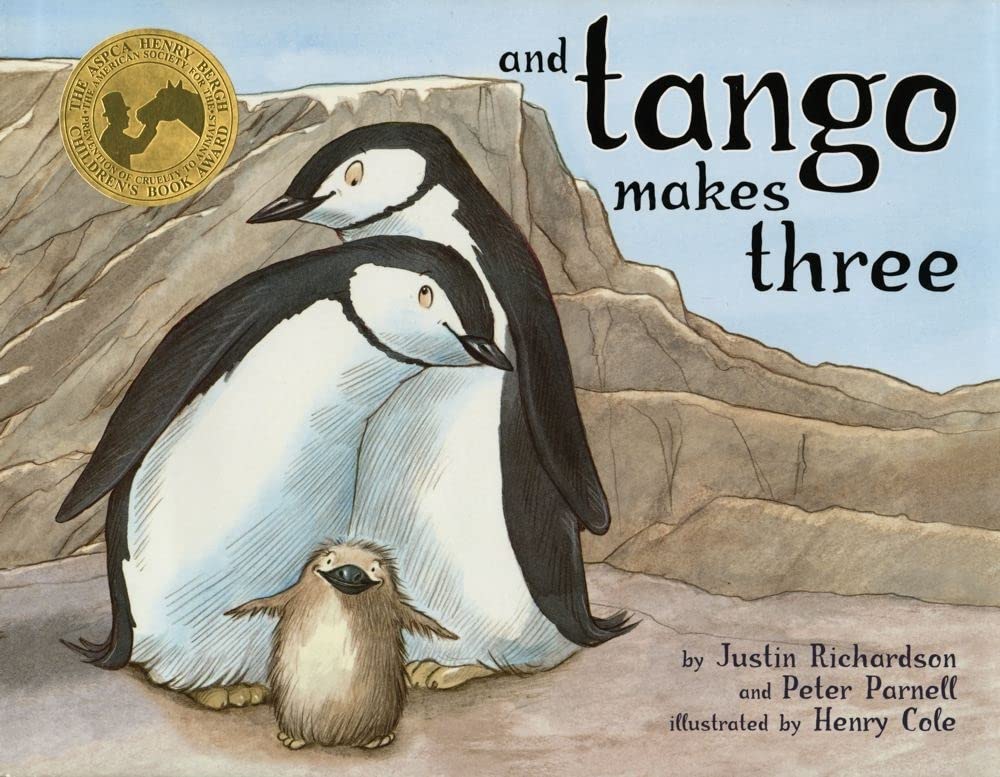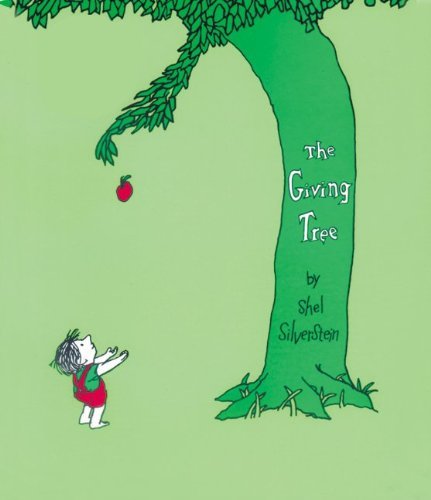Books for children are banned for various reasons, including concerns about sensitive or controversial topics. This includes offensive language or content, political or social views, sexual content, violence or graphic content, religious views, and lack of diversity or representation.
These challenges often stem from individuals or groups who believe that certain books are not suitable for children due to their content or themes. However, banning books limits children’s access to diverse ideas and perspectives, which are essential for their intellectual and emotional development.
Advocates for free speech and intellectual freedom argue that children should have the opportunity to explore a wide range of literature and form their own opinions about the world around them.
Below are a few banned or questioned books for ages 3 to 5. A short synopsis and why it is good reading material are offered below, along with links to buy the book(s).
“And Tango Makes Three” by Justin Richardson and Peter Parnell (Published 2005)

“And Tango Makes Three” is a heartwarming true story about two male penguins, Roy and Silo, who form a loving partnership at the Central Park Zoo. Despite their inability to hatch an egg of their own, the zookeepers give them an egg to nurture, which eventually hatches into a chick named Tango.
The book gently introduces young readers to the concept of same-sex parents and challenges traditional notions of family. It teaches important lessons about love, acceptance, and diversity, encouraging readers to embrace different family structures and celebrate love in all its forms. The story also highlights the importance of kindness, empathy, and nurturing in family relationships, making it a valuable tool for teaching children about acceptance and understanding.
Some individuals and groups have objected to the book’s content, arguing that it is inappropriate for children or conflicts with their beliefs about family structures. However, supporters of the book argue that it promotes diversity and inclusion by depicting a non-traditional family in a positive light.
“The Giving Tree” by Shel Silverstein (1964)

“The Giving Tree” by Shel Silverstein is a timeless tale about the relationship between a boy and a tree. The story follows the tree as it selflessly gives to the boy throughout his life, providing him with shade, fruit, and eventually, wood for shelter. As the boy grows older, he takes more and more from the tree until all that’s left is a stump.
The book teaches valuable lessons about selflessness, generosity, and the importance of giving without expecting anything in return. It’s a poignant reminder of the symbiotic relationship between humans and nature, making it a powerful tool for teaching empathy, gratitude, and environmental stewardship.
This book was banned because it ‘criminalized the forestry agency’. Some critics argue that the book’s portrayal of the boy’s relationship with the tree can be interpreted as reflecting negative attitudes towards nature or the environment.
“The Story of Babar: The Little Elephant” by Jean De Brunhoff (Published 1937)

“The Story of Babar: The Little Elephant” by Jean De Brunhoff is a classic children’s book that tells the tale of Babar, a young elephant who leaves the jungle after his mother is killed by a hunter. Babar travels to the city, where he learns about human ways and eventually becomes king of the elephants. The book teaches children about courage, resilience, and the importance of kindness and empathy towards others. It also introduces young readers to themes of friendship, family, and the challenges of growing up, making it a valuable tool for teaching moral and social lessons.
This book was challenged because it promotes colonialism. Some individuals say that it is a politically and morally offensive book. Some scholars argue that the story promotes colonialism through its depiction of Babar’s journey from the jungle to the city, where he adopts Western customs and values. This transformation is seen as a metaphor for European colonialism in Africa, with Babar’s acceptance of human ways and eventual rise to power mirroring the colonizers’ imposition of their culture and authority on indigenous populations.
Critics also point to the book’s portrayal of Babar as a benevolent ruler who brings civilization to his fellow elephants, suggesting a justification for colonial domination and the “civilizing mission” often used to justify colonialism. Also, Babar’s story is set against a backdrop of exoticized imagery of Africa, reinforcing stereotypes and a Eurocentric view of the continent.
Leave a Reply